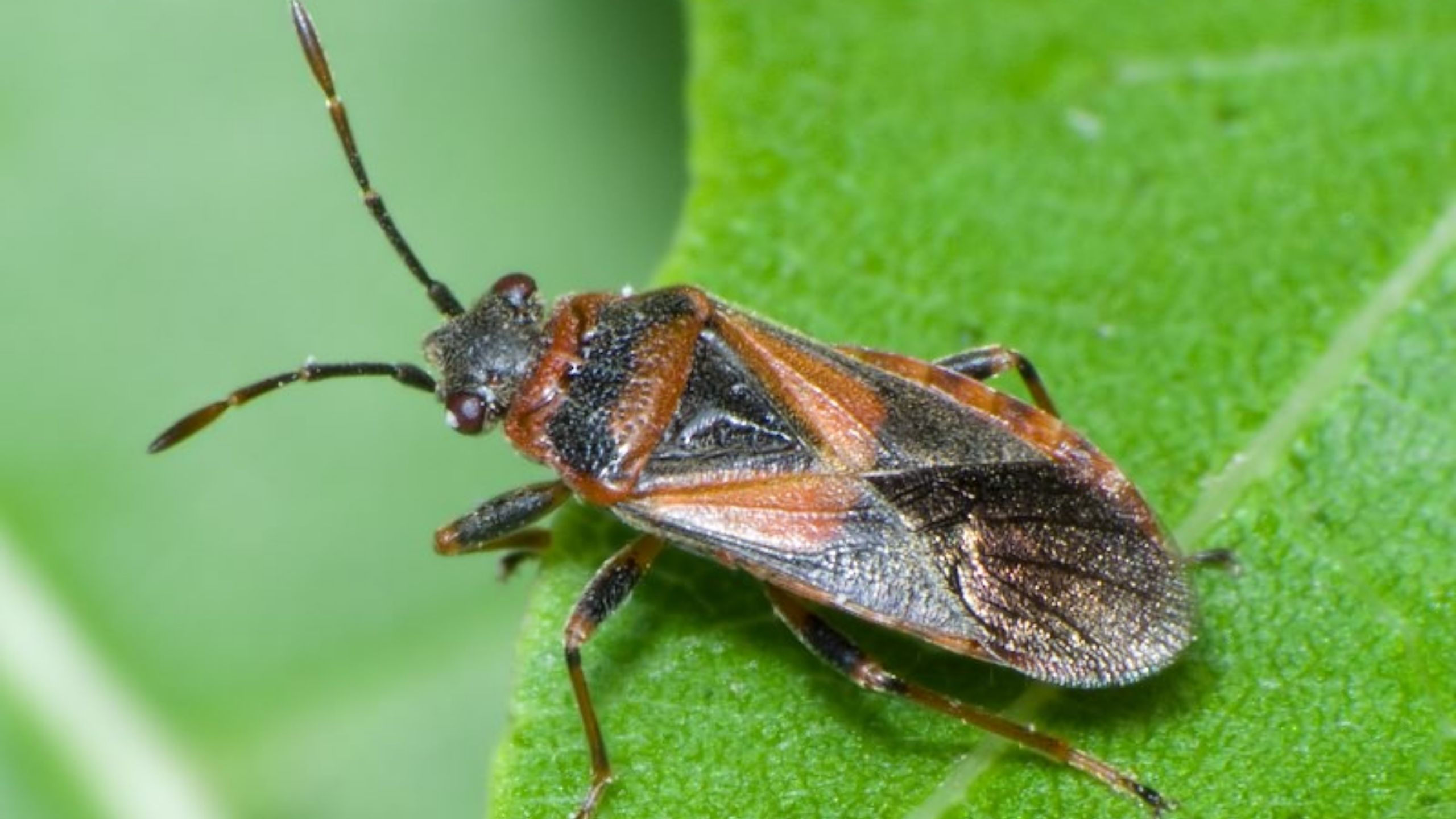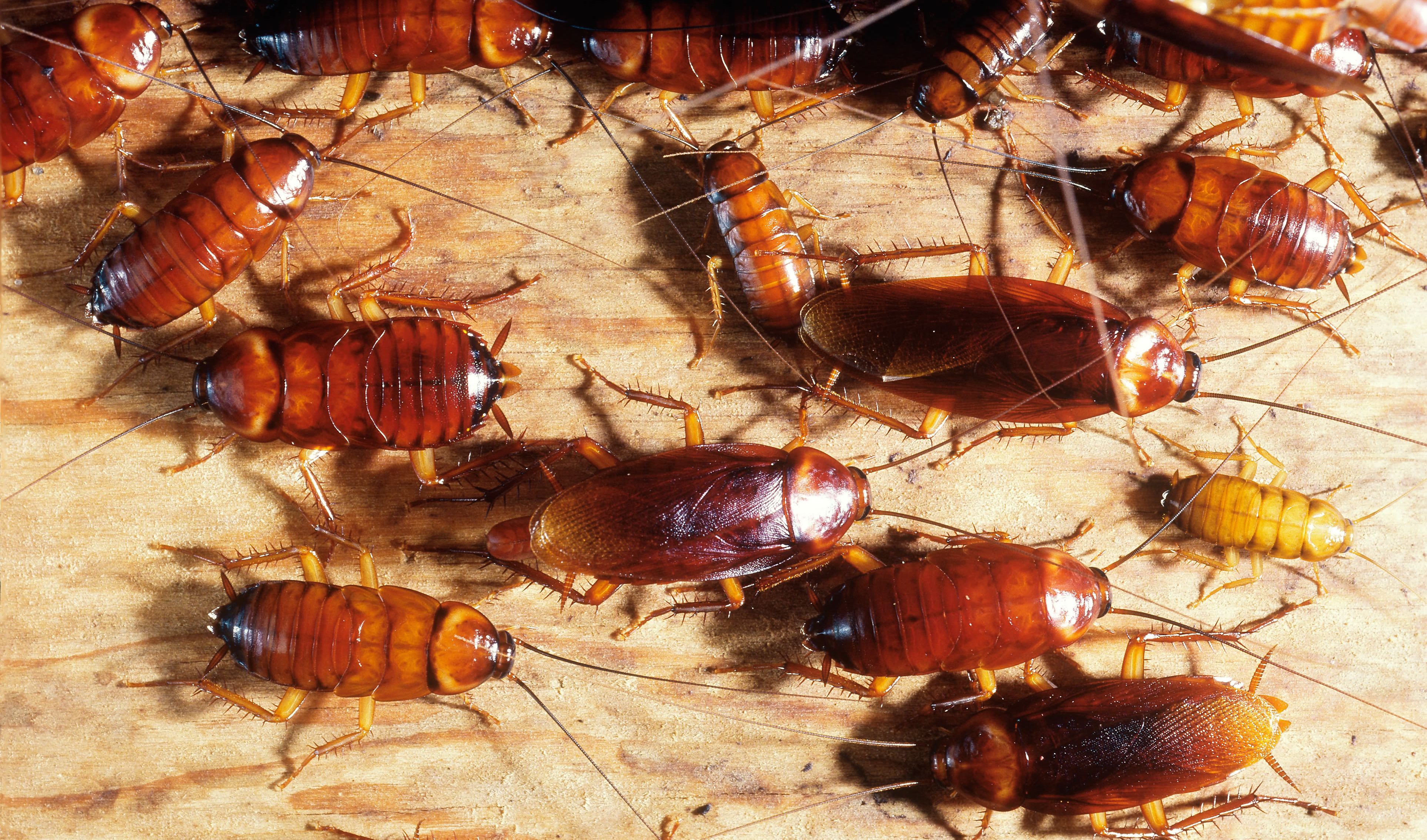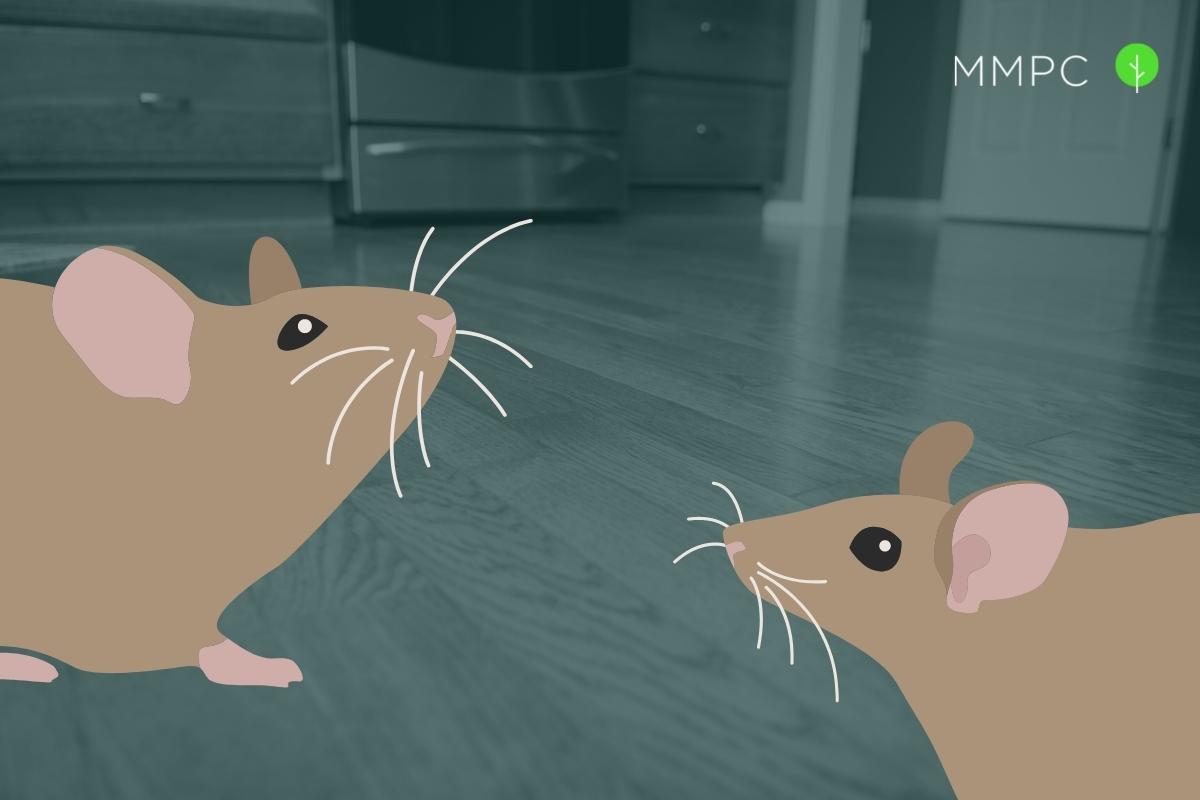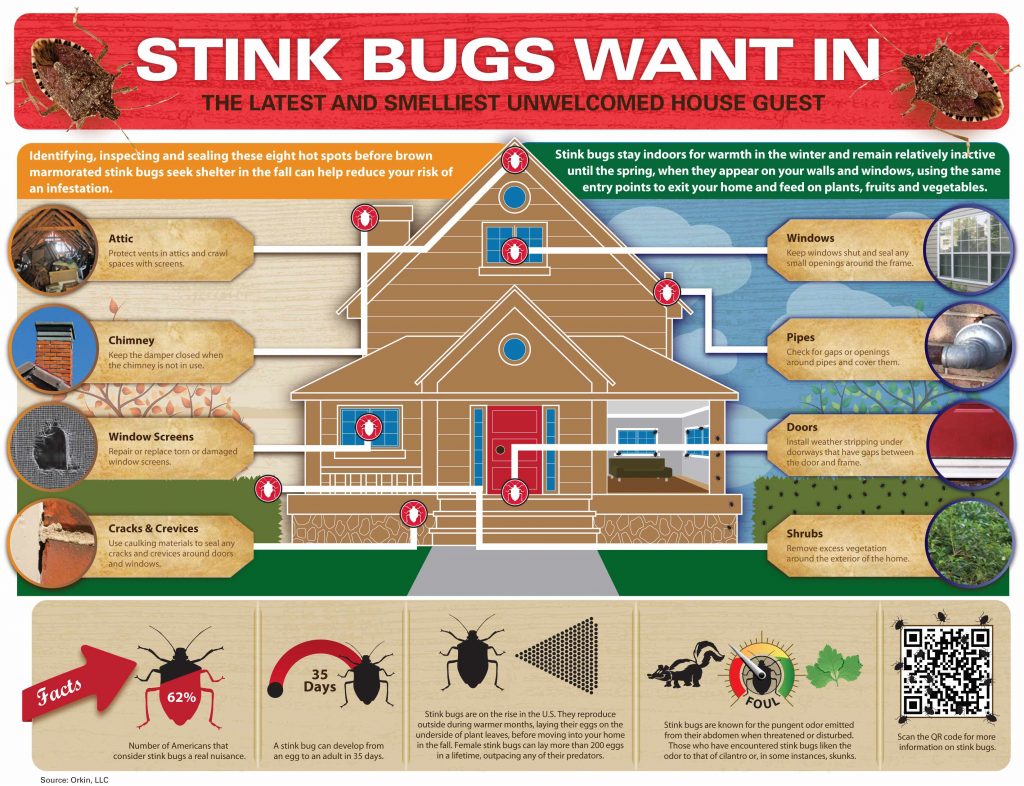Have you ever wondered how do bugs get into your house? It’s one of the most common questions people have. I know I have – especially when I’m trying to figure out why I keep finding bugs in my home. The good news is, there are some common culprits that you can look out for, and I’m going to cover them in this article.
Common Entry Points

1 Doors and Windows
Doors and windows are the most common entry points for bugs. Insects can slip through tiny cracks in window and door seals, or fly right in when you open the door or window. Make sure to inspect seals and frames for any gaps or breaks, and repair or replace them as needed.
2 Holes and Cracks
Insects can fit through incredibly small spaces, so even tiny cracks in the walls, foundation or roof of your home can let them in. Look for any signs of a possible breach, such as small holes in the walls, crevices in the foundation, or gaps in the roof. Be sure to seal them up with caulk or other fillers.
3 Vents and Air Conditioners
Vents and air conditioners can be a pathway for bugs, since they can easily fit through the ducts and openings. Make sure to regularly inspect and clean air ducts, and repair any cracks or openings.
4 Attracted to Light
Insects are often attracted to light, and they can enter your home through open windows or doors that are near light sources. Try to keep light sources away from doors and windows, and make sure to close them when not in use.
Conditions that Attract Bugs

Food and Water
Food is a major attractant for bugs, especially if left out in the open. Dirty dishes, exposed food, and crumbs on the floor can all be prime targets for certain pests. Even spilled liquid can be a draw. Keeping food and dishes sealed and stored away is a great way to reduce the number of bugs you may find in your home.
Messy Surroundings
Messy areas are a haven for bugs as they provide plenty of places to hide. Clutter, piles of wood, leaf piles, and debris piles should be kept to a minimum if possible. Vacuuming and regularly cleaning your home can help reduce the number of bugs that seek shelter in your home.
Preventing Bugs from Entering

There are several preventive measures that can be taken to stop bugs from entering your home. First, ensure that all windows and doors are properly sealed and that there are no cracks or crevices that bugs can enter through. Installing door and window screens can also help to prevent bugs from entering your home.
Secondly, reduce the amount of clutter inside and outside of your home. Bugs like to breed and hide in places like piles of cardboard, stacks of wood or other debris. Keeping the area around your home free of clutter will reduce the chances of bugs entering your home.
Finally, make sure that the exterior of your home is well maintained. Trim any vegetation that is close to the building so bugs can’t hide in it. Make sure that roof gutters are clean and free of debris, and ensure that any moisture problems such as leaking pipes or standing water are fixed.
| Preventive Measure | Description |
|---|---|
| Seal Windows & Doors | Ensure that windows and doors are properly sealed and that there are no cracks or crevices that bugs can enter through. |
| Install Screens | Installing door and window screens can also help to prevent bugs from entering your home. |
| Reduce Clutter | Reduce the amount of clutter inside and outside of your home. Bugs like to breed and hide in places like piles of cardboard, stacks of wood or other debris. |
| Maintain Exterior | Make sure that the exterior of your home is well maintained. Trim any vegetation that is close to the building so bugs can’t hide in it. Make sure that roof gutters are clean and free of debris, and ensure that any moisture problems such as leaking pipes or standing water are fixed. |
1 Seal Access Points

Bugs can get into your house by crawling through cracks, gaps and holes in the exterior walls. To prevent this, inspect the exterior of your house to identify any entry points and seal them with caulk or weatherstripping. This will help to create a barrier that bugs can’t penetrate. Additionally, make sure windows and doors are properly fitted and any gaps around them are tightly sealed. Lastly, check the foundation of your house for any cracks or crevices and seal them with concrete or mortar. By taking these steps, you can help ensure that bugs won’t be able to get into your house.
2 Clean Up Messes

| Action | Description |
|---|---|
| Clean Up | Regularly vacuum and mop your floors, dust furniture and shelves, wipe counters and other surfaces, and launder linens. |
| Organize | Organize your home by putting away clothes and other items, disposing of garbage and recycling, and managing pet areas. |
Bugs can find their way into your house through the many gaps and crevices that exist in any home. To reduce the chances of this happening, I suggest taking a few preventative measures. One of the most important is to clean up and organize the inside of your home. Vacuuming and mopping floors, dusting furniture and shelves, and wiping down counters and other surfaces will help to eliminate dust, dirt, and debris that can attract bugs. Additionally, launder linens and organize clothes and other items that may be sitting around. Dispose of garbage and recycling regularly, and manage pet areas such as litter boxes and pet food to keep messes to a minimum. All of these steps can help reduce the chances of bugs entering your home.
3 Change Lightbulbs
- Turn off the power to the light fixture.
- Unscrew the old lightbulbs and dispose of them properly.
- Screw in the new lightbulbs.
When changing lightbulbs, it’s important to be aware of the potential for bugs to get in your house. Bugs can get in through small gaps or cracks in the fixture, or through the openings in the lightbulb. Make sure to check the fixture and the lightbulb for any potential entry points before you begin to change the lightbulbs. Additionally, make sure to use the correct wattage bulb and do not over-tighten the lightbulb.
4 Use Natural Repellents
- Make a solution of equal parts of vinegar and water in a spray bottle and spray around windows and doors.
- Plant garlic, marigolds, lavender, and chrysanthemums around the perimeter of your house to repel insects.
- Fill a shallow bowl with soapy water and place it in areas where pests are seen. The soap will trap them.
- Mix equal parts of cayenne pepper and water in a spray bottle and spray around windows and doors. This will create a barrier that insects cannot cross.
These natural repellents are a great way to keep bugs out of your house without having to use harsh chemicals.
Frequently Asked Questions
What are some of the most common ways bugs enter a house?
Bugs enter homes through open windows and doors, cracks in walls and foundations, gaps around pipes, and other small openings. They may also be brought in as stowaways on furniture, clothing, plants, and other items from outside. Additionally, some bugs can fly or crawl through vents or chimneys.
How can I prevent bugs from entering my house?
In order to prevent bugs from entering your house, you should use window and door screens, seal cracks and crevices around windows, doors, and other openings, inspect and replace weatherstripping around exterior doors, remove sources of food, water, and shelter from your property, place dehumidifiers in damp areas, and make sure that your garbage is stored in tightly sealed containers. Additionally, you can use natural insect repellents, such as essential oils or boric acid, to keep bugs away.
Are there any entry points in my house that bugs commonly use to gain access?
Bugs can enter a home through cracks in the walls, torn screens, gaps around windows, vents, and pipe openings. Since they are small, they can also slip through small holes in walls. Doors and windows that are left open also provide an easy entry point. Additionally, some bugs such as cockroaches can hitch a ride on items brought into the home, making it important to quarantine newly purchased products.
How Can I Tell if There are Bugs Living in my House?
Look out for telltale signs such as droppings, shed skins, and eggs. Bugs also leave trails of dirt or oil. Check crevices, cracks, and other potential hiding spots. If you see any insects, try to identify them to determine what kind of pest you are dealing with. If you suspect an infestation, contact a pest control professional for assistance.
Are There Any Particular Times of Year When Bugs Are More Likely to Come into My House?
During the colder winter months, bugs are less likely to enter your home. However, as the temperature starts to rise, so does the likelihood of bugs entering your house. Many insects become more active in the warmer months, when they look for food, water, and shelter. Additionally, as the temperature increases, more insects will be attracted to the warmth of your home. The summer season is generally the time of year when bugs are most likely to come into your house.
Conclusion
I’ve identified some of the most common culprits of how bugs get into your house, from the tiniest of ants to the largest of beetles. To keep these critters from invading your home, ensure that all windows and doors are properly sealed, and that food and garbage are stored securely. Additionally, if you have pets, make sure to regularly clean up after them. Finally, if you have a garden, keep it well-maintained and free of debris. With these simple steps, you can help keep your home bug-free.






